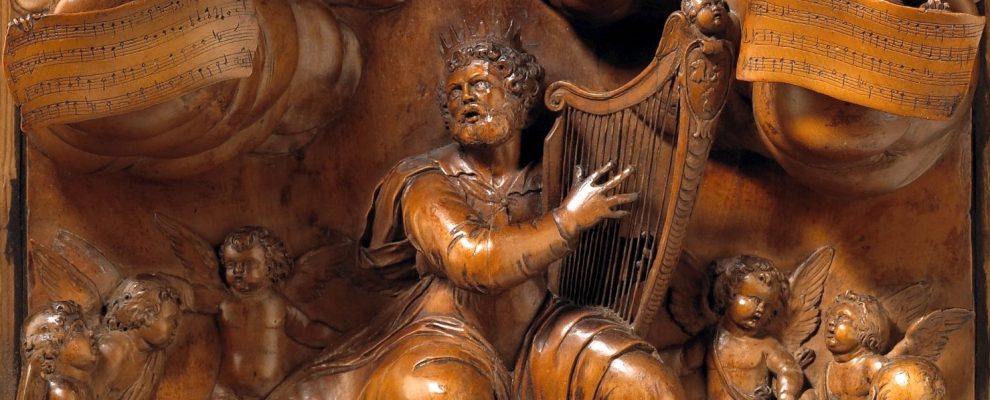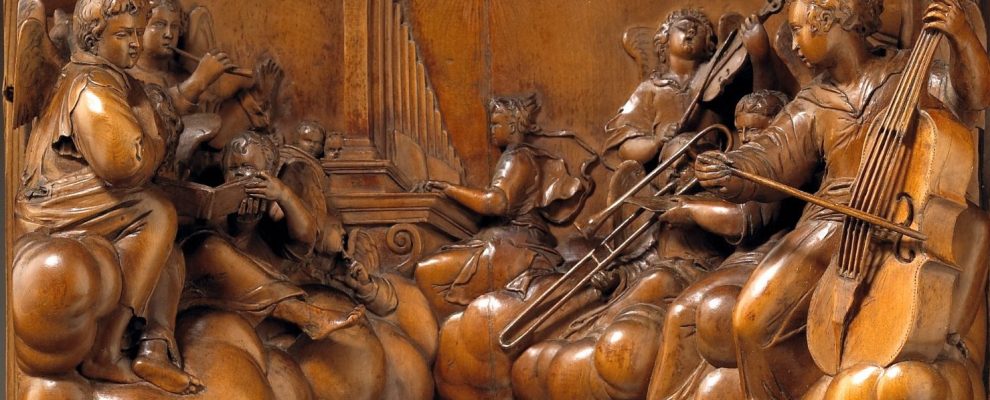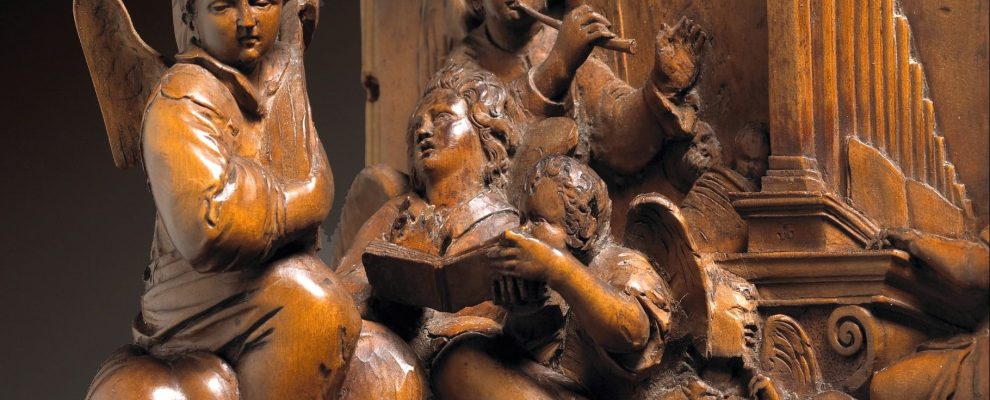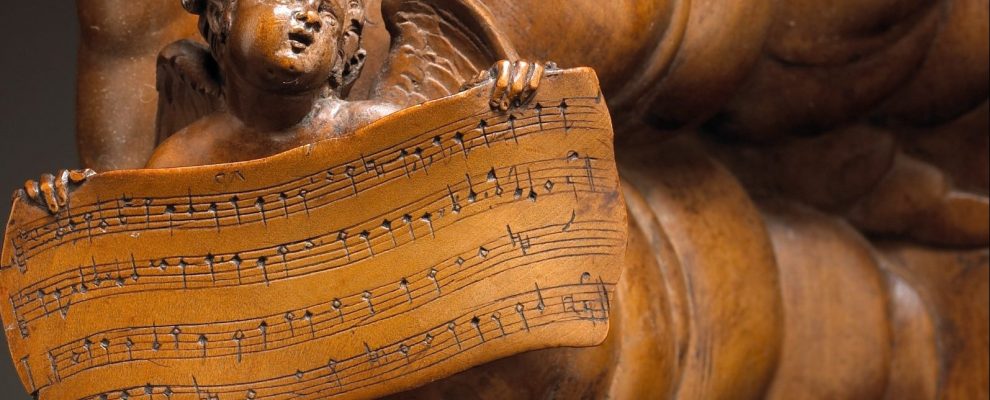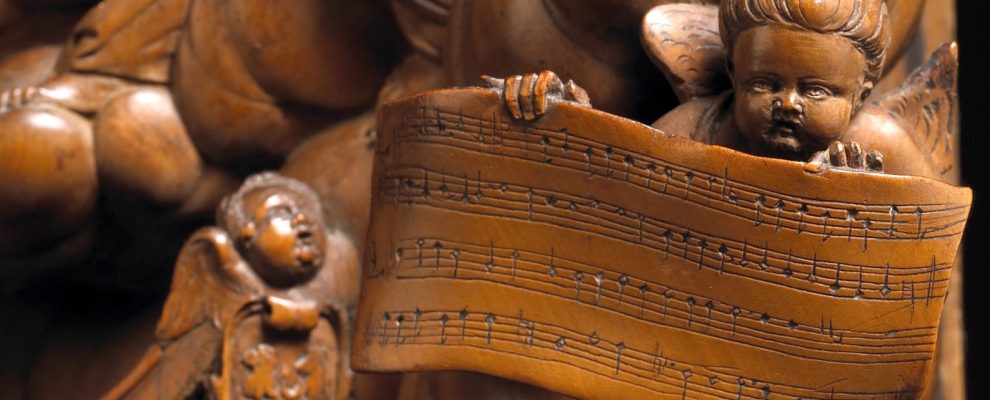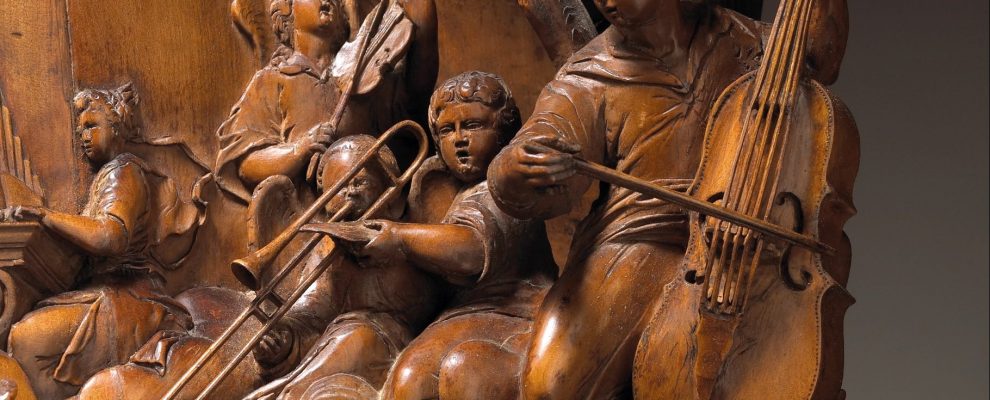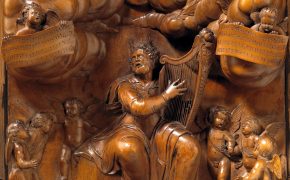Gibbons & York’s Virtuosi
Little is known of Grinling Gibbons’ earliest training, except before his twentieth birthday, around 1667 he moved to England, first settling in York, perhaps through connections in the wool trade. In this burgeoning city Gibbons would have found a vibrant commercial, artistic and intellectual milieu. Here he worked as a journeyman for three years between 1667 and 1671 under the pre-eminent York architect, builder and carver, John Etty (c.1634-1708).
There is also good evidence to suggest he may have been familiar with members of York Virtuosi Society such as Henry Gyles, Martin Lister and Ralph Thoresby. Evidently looking to broaden his horizons and pursue his career Gibbon’s left York in early 1671 and moved to Deptford, though he sustained throughout his career, a working relationship with his master, employer, and it would seem, friend, John Etty which a letter from Gibbons to Etty dated 10 July 1684 confirms. In the letter, Gibbons addresses Etty as his ‘Deare frind’ and continues ‘I hartely beg Youer pardon for not writing to You in dead my business is so great … but You may be Asuer noe man haes A hier vallu for You then my sealf’.
In 1702, two years after Gyles painted the highly detailed Denton window, Ralph Thoresby (1658-1725, antiquarian and diarist) recorded in his diary an evening in the company of Gyles. It seems the conversation may well have turned to Grinling Gibbons’ journeyman days in York:
Evening sat up too late with a parcel of artists I had got on my hands, Mr Gyles, the famousest painter of glass perhaps in the world … Mr Carpenter, the statuary, and Mr Etty, the painter, with whose father, Mr Etty sen., the architect, the most celebrated Grinlin Gibbons [sic] wrought at York, but whether apprenticed with him or not I remember not well. Sate up full late with them.
It would seem that Thoresby’s connection to Gibbons went one step further, as he owned another even smaller Gibbons carving from the same period. He catalogued it as: ‘The History of Elijah under the Juniper Tree, supported by an Angel (I Kings, 19); all perform’d in Wood by the celebrated Mr Grindlin Gibbon [sic], when resident at Yorke. Six inches in Length and four in Breadth’. Although Horace Walpole reported seeing this carving in the 18th century, sadly this carving has since disappeared, leaving the King David panel as the only record of Gibbons’ early work in York.
Gibbons’ time in York appears to have been of some considerable significance to his career, offering his first introduction to the form and vocabulary of English carved ornament as well as establishing connections, which in the latter years of his career were to prove fruitful and lucrative. Between 1684 and 1691 he was commissioned by three successive Archbishops of York to design and install their elaborate funerary monuments in York Minster (Archbishop Richard Sterne in 1684, Archbishop Dolben in c1687 and Archbishop Lamplugh in 1691).

